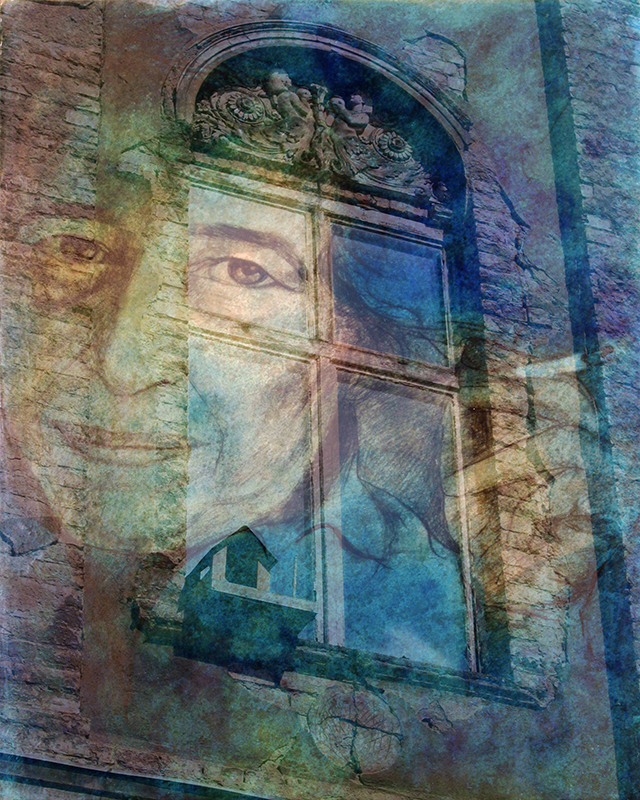
I remember receiving two presents for my 11th birthday. One was permission to treat my straight lanky hair to a curling iron. An eternal session produced the desired Shirley Temple look – to last for approximately 29 minutes. (Photo below some years earlier, sort of shows our straight hair…)

The other gift was a book with the title Famous Women in History, or some such, gold-embossed no less. There was Judith (dead Holofernes), Cleopatra (dead Antony), Jeanne d’Arc (a lot of dead soldiers), Charlotte Corday (dead Marat), Typhoid Mary (dead everybody) and so on. Two notable exceptions: Marie Antoinette (dead by guillotine) and Mme Curie (dead by radiation exposure.) You would think famous women are all naturally born killers. The one famous woman I’d really like to meet was not included because a 1950s book would not have counted her yet.
A 2013 movie, however, did. Hannah Arendt, directed by Margarete von Trotta, can be found on Netflix. Don’t waste your time, it really is not a good movie. (See concurring review here:http://www.newyorker.com/culture/richard-brody/hannah-arendt-and-the-glorification-of-thinking) Use those minutes to order a book and immerse yourself – it was a life changer for me. I am not talking about Eichmann in Jerusalem but rather The Human Condition. The book describes the vita activa, the necessary action required to achieve freedom and plurality, a mode of human togetherness. It stresses our responsibility to participate rather than be passive onlookers. And it is full of hope about humanity’s fate. For an overview of her philosophical works, teachings and journalistic output go here: http://plato.stanford.edu/entries/arendt/
Arendt had to flee Europe and after years of exile in France ended up teaching at the New School, my Alma Mater, in New York until her death in 1975. As a student she had an affair with Heidegger, and despite his affiliations with National Socialism and her persecution as a Jew she met him again after 1945. What struck me as inconceivable from a woman so learned, so deep a thinker, so cutting edge in exploring new realms of philosophy, was that she chose to wear a brown dress for their reunion that he had always liked. Come to think of it, I probably wouldn’t know what to say if meeting her, being simply awe struck.
An Israeli artist, Shy Abadi, has done a fine series of portraits of Arendt. I got his permission in 2006, the year I started, to integrate one into a montage with an old window found in Berlin. Here is one of his portraits.






kimberly marlowe hartnett
Love this entry and art. This is what happens when gifted artist is also generous teacher. Wonderful stuff, FH.
friderikeheuer@gmail.com
You put me to it 🙂
Martha Ullman West
What an interesting post. And you remind me, with your allusion to the New School, of the summer I spent there taking two courses in philosophy, one on Hegel, Marx and Max Weber (we never got to Weber) the other on the Image of Man taught by a follower/expert on Martin Buber. I worked in the library in exchange for my tuition, and every day had iced coffee and the best streudel I’ve ever eaten with a gaggle of graduate students who were passionate phenomenologists–that’s the connection of course to Heidegger. I love the portrait of Arendt you’ve presented here, visually as well as verbally, along with your list of killer women, very funny. Thank you.